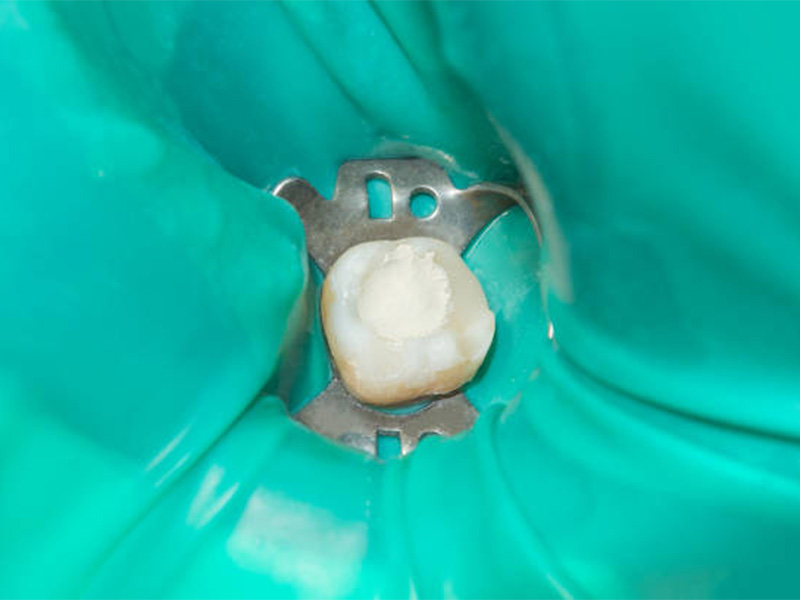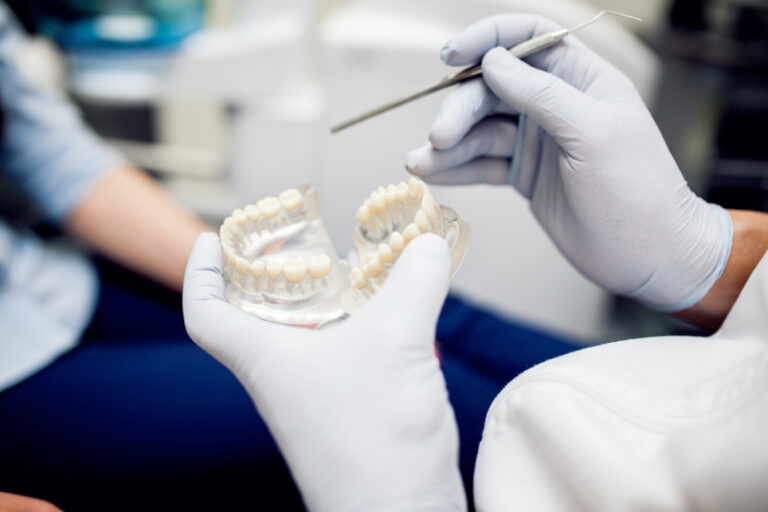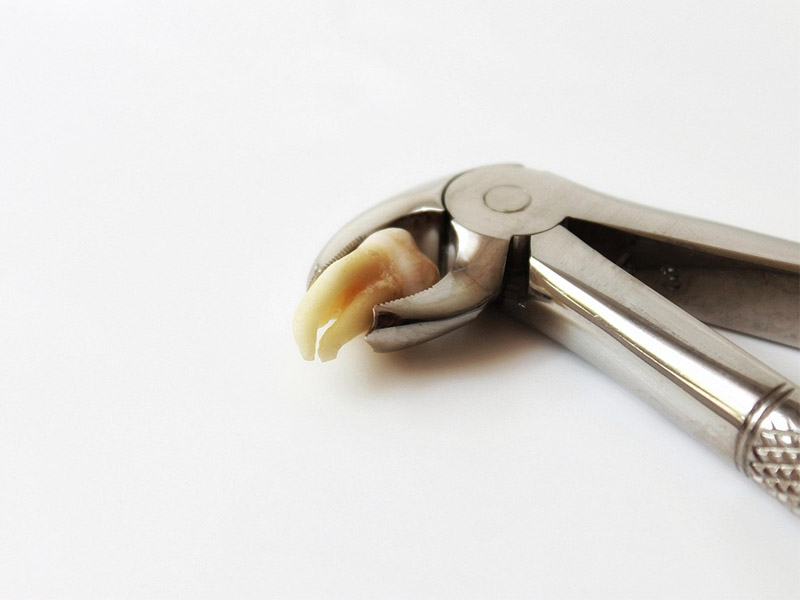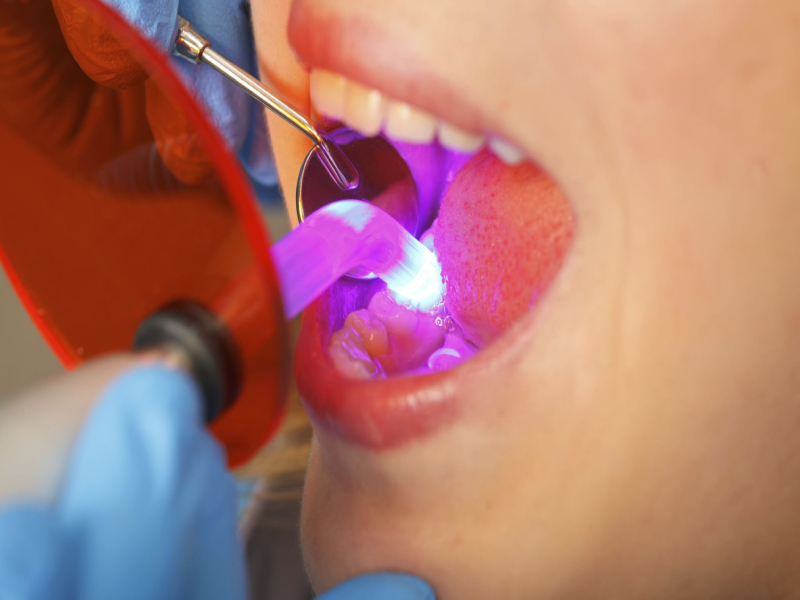
Rubber Dam Isolation in Clinical Practice: Enhancing Restorative Dental Treatments
Table of Contents
What is a Rubber Dam?
A rubber dam is a thin sheet. It keeps teeth dry. It stops spit and germs. The dam has small holes for teeth to stick out.
Dentists use rubber dams to keep teeth clean and dry. This helps them do good work on your teeth.
Why Rubber Dams are Good
Rubber dams help in many ways:
- Keeps teeth dry
- Stops spit from getting on teeth
- Helps dentists see better
- Keeps you safe from small bits
- Makes dental work better
A study found that 44% of dentists use rubber dams for all root canal work.[^1] Dentists who use rubber dams have better results.
Types of Rubber Dams
There are two main types:
- Latex rubber dams
- Non-latex rubber dams
Some people are allergic to latex. For them, dentists use non-latex dams.
How to Put on a Rubber Dam
Putting on a rubber dam is easy for dentists. Here are the steps:
- Pick the right dam
- Use a tool to make holes in the dam
- Put the right clamp on your tooth
- Put the dam over the clamp
- Put on a frame to hold the dam
- Check if the dam is on right
It takes only 1-2 minutes for a good dentist to put on a rubber dam.
Rubber Dam Tools
Dentists use special tools for rubber dams:
- Clamps – hold the dam on teeth
- Frame – keeps the dam tight
- Punch – makes holes in the dam
- Forceps – helps put on clamps
The American Dental Association says these tools are very important.
Using Rubber Dams for Kids
Kids need rubber dams too! Dentists make it fun by:
- Using colorful dams
- Calling it a “rain coat” for teeth
- Making it a game
Kids with rubber dams feel less scared at the dentist.
Problems and Fixes
Sometimes there are problems with rubber dams:
| Problem | Fix |
|---|---|
| Clamp falls off | Use wingless clamps |
| Gums hurt | Use special clamps or gel |
| Hard to breathe | Tilt chair, use nose breathing |
| Dam tears | Use thicker dam |
| Tight teeth | Use dental floss to help |
When to Use Rubber Dams
Dentists use rubber dams for many things:
- Root canals – keeps germs out
- Fillings – keeps teeth dry for better bonding
- Crowns – keeps cement dry
- Veneers – helps them stick better
For ceramic inlays and onlays, rubber dams are very important. They help the tooth and the ceramic piece stick together better.
When Not to Use Rubber Dams
Sometimes dentists cannot use rubber dams:
- When you are allergic to latex and no other dam is there
- When your tooth is broken too much
- When there is a fixed brace in the way
- When dentists need to check how your bite works
Other Ways to Keep Teeth Dry
If rubber dams can’t be used, dentists try:
- Cotton rolls – put next to teeth
- Isolite™ – special tool with light and suction
- Dry angles – special pads
But these are not as good as rubber dams. Only about 17% of dentists use cotton rolls for root canals.
Rubber Dam for Root Canals
For root canals, rubber dams are very important. They:
- Keep germs out of the tooth
- Make the tooth easier to see
- Keep chemicals from your mouth
The European Society of Endodontology says rubber dams must be used for all root canals.
Rubber Dam for Fillings
For dental fillings, rubber dams:
- Keep the tooth dry for better sticking
- Make the filling last longer
- Make the dentist work faster
A study showed that 45% of dentists use rubber dams for fillings.
How Rubber Dams Help in Moisture Control
Moisture control is very important in dentistry. Rubber dams:
- Stop spit from getting on teeth
- Control bleeding from gums
- Keep breath moisture away
- Keep water spray off teeth
Good moisture control means better dental work.

Dental Schools and Rubber Dams
In dental schools, students learn to use rubber dams. A study found that 57.8% of dentists who trained in Saudi Arabia use rubber dams, but only 22.4% of those trained in Syria use them.
This shows that where dentists learn affects if they use rubber dams.
Special Rubber Dam Methods
For hard cases, dentists use special methods:
- Split-dam technique – for bridges
- Modified clamps – for broken teeth
- Pediatric frames – for small mouths
- OptraDam® – special dam with built-in frame
These help dentists use rubber dams in almost all cases.
Dentist and Patient Views
Some dentists don’t use rubber dams because they:
- Think it takes too long
- Think patients don’t like them
- Didn’t learn good techniques
But most patients don’t mind rubber dams once they try them.
Rubber Dam Costs and Savings
Rubber dams don’t cost much:
- Each dam costs about $1-2
- The tools can be used many times
- Better dental work means less fixing later
The cost-effectiveness of rubber dams is very good.
Learn to Use Rubber Dams
Dentists can get better at using rubber dams by:
- Taking hands-on classes
- Watching videos
- Practicing on models
- Getting tips from experts
With practice, putting on a rubber dam gets very fast.
Patient Questions About Rubber Dams
Does it hurt?
No. Rubber dams should not hurt if put on right.
Will I be able to breathe?
Yes. You can breathe through your nose.
How long does it stay on?
Only during your treatment. Then it comes right off.
What if I need to talk?
You can still make sounds, but it’s harder to talk clearly.
The Future of Rubber Dam Isolation
New things are making rubber dams better:
- New materials that stretch more
- Better designs that are faster to put on
- Color options that are more fun
- Built-in frames for easy use
These make rubber dams more friendly for everyone.
Research About Rubber Dams
Research studies show that rubber dams:
- Make fillings last 50% longer
- Cut down infection risk by 98%
- Make dentists 30% faster
- Make patients feel more safe
The Cochrane Oral Health Group says rubber dams are very important for good dental care.
Rubber Dam and Dental Dam
You might hear both “rubber dam” and “dental dam“. They are the same thing!
- Dentists often say “rubber dam”
- Some call it “dental dam”
- Both mean the thin sheet that keeps teeth dry
Learn More About Dental Dams
Want to know more about dental dams? You can:
- Ask your dentist
- Look at dental websites
- Watch videos online
- Read dental magazines
Many dentists also make custom night guards to protect teeth from grinding.
Summary
Rubber dam isolation is very important in dentistry. It keeps teeth dry, stops germs, and makes dental work better. While not all dentists use them yet, the best dental care includes rubber dams.
Next time your dentist uses a rubber dam, you’ll know it’s to give you the best care possible!








